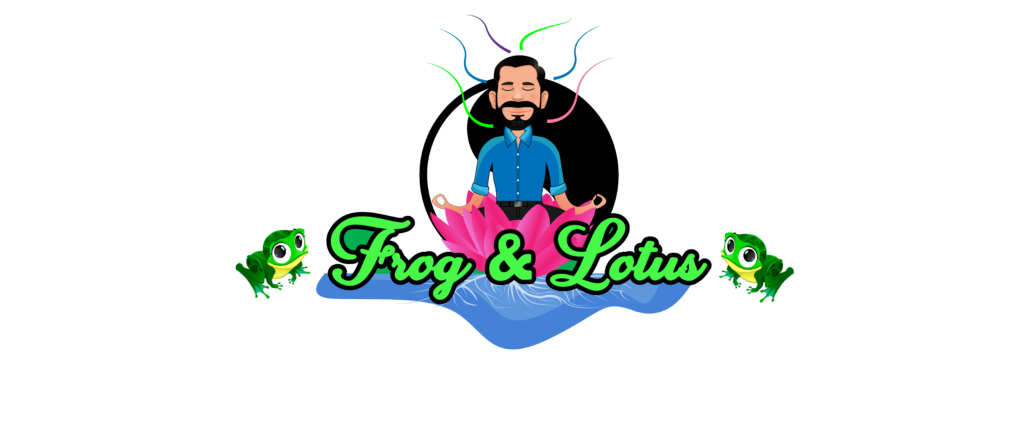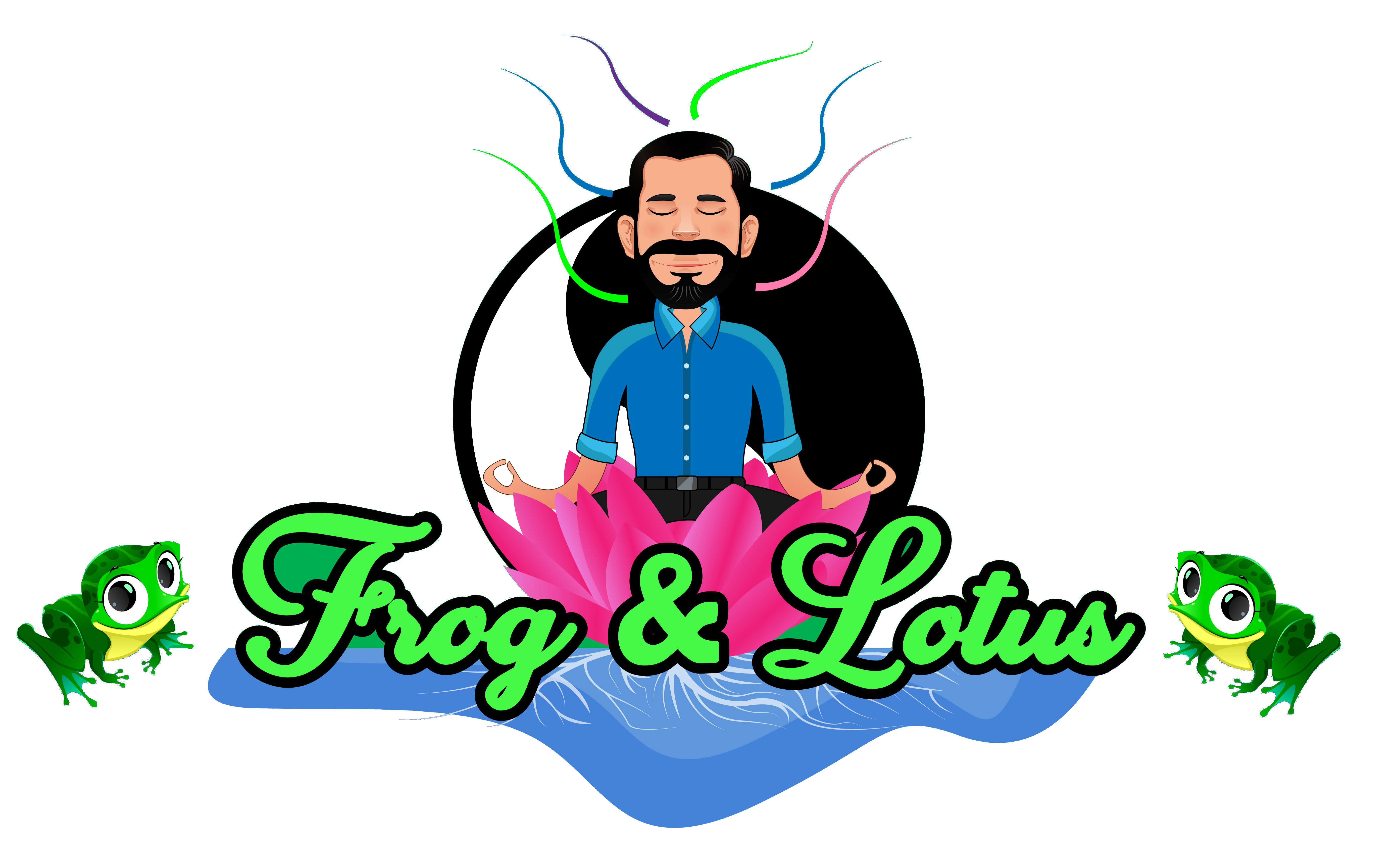But what does it mean when assets are held in trust? Trust Records: There are no specific legal requirements regarding the specific records that must be retained by the trust. Nevertheless, trustees should keep accurate records to document that they have properly performed their duties. It is recommended that these books contain records of all discretionary decisions. The appropriate accounting records for the trust should be kept in the usual manner and in accordance with the requirements of the ITA. The creation of a trust fund establishes a relationship in which an appointed trustee – the trustee – acts in the sole interest of the settlor. A trust is created for a beneficiary who receives the benefits such as assets and income from the trust. The fund can contain almost any asset imaginable, such as cash, stocks, bonds, real estate or other types of financial assets. Only one trustee – this may be a natural or legal person, para. B example a trust bank – manages the fund in accordance with the provisions of the trust fund. This usually includes some allowance for living expenses and possibly education expenses, such as the costs of . B, private school or college. The choice of preferred beneficiary allows for the accumulation of income that would otherwise be distributed to the beneficiary in the trust.
It also allows the privileged beneficiary to use his personal allowance effectively and to benefit from an income up to this amount tax-free. It can also be beneficial in preventing people with disabilities from losing state disability benefits. A blind trust is created so that the beneficiary does not know who has the power of attorney for the trust (usually the trustee). Formal trusts are beneficial because they specify who can manage the funds and there is little ambiguity about how the trust should be managed. However, when it comes to small amounts of money, most people don`t want to get to the expense of creating a formal trust and instead try to prove the existence of a trust in the policy or contract application. We also included two model trust declarations, a model trust agreement, and a summary of the Canada Revenue Agency`s (CRA) jurisprudence and views on escrow accounts as an appendix. There are two types of trusts: inter vivos and testamentary. Testamentary trusts arise on the death of a person and can be established by will. Inter vivo trusts are set up while the settlor is still alive. These trusts are generally divided into two categories: formal and informal.
Formal trusts are established through a written trust agreement, while informal trusts do not include a written trust agreement. As discussed above, trusts do not have to be in writing. However, in order to verify whether a trust exists, the three certainties must be identified in one way or another. The person(s) for whom the trust was established and who ultimately owns the income and/or assets of the trust. Beneficiaries of a trust can be either “income beneficiaries” if they are only entitled to the income from the trust, or “capital beneficiaries” when they would be entitled to receive the capital of the trust, or both. Pretty much the same way you buy assets. The trustee brings the trust to a bank or brokerage, gives the box and trust agreement to the financial institution, opens an account and buys things: stocks, bonds, CDs, mutual funds, etc. As mentioned earlier, a trust is treated as an individual for income tax purposes.
The trust is expected to receive the income generated by the investments, and all income held in a trust (will or inter vivos) is taxed at the highest marginal tax rate (a graduated rate estate (BRM) and a qualifying disability trust (TDQ) are taxed at staggered rates)¹. It is important to note that the term “direct or indirect” covers a wide range of transfers, including those to trusts. People who do not act arm`s length generally include a child, grandchild, great-grandson, their spouse`s child, their child`s spouse, a sibling, or a brother or sister-in-law. The rightful owner of the trust assets and the person responsible for the administration of the trust for the benefit of the beneficiary of the trust in accordance with the trust agreement, applicable trust laws and fiduciary duties act. The trustee can be the trustee or another person (however, as we have seen below, adverse tax consequences can occur if the trustee is the trustee). Any number of trustees may be chosen by the settlor and must act unanimously, unless otherwise specified in the trust agreement. However, to ensure that no income is attributed to the grantor, there should be an independent trustee, e.B. a friend or business consultant. In accordance with regulatory and compliance rules, advisors should not allow themselves to be placed in a position of actual or perceived conflict of interest, which includes not accepting a fiduciary appointment for a client unless it is consistent with company policies.
.

